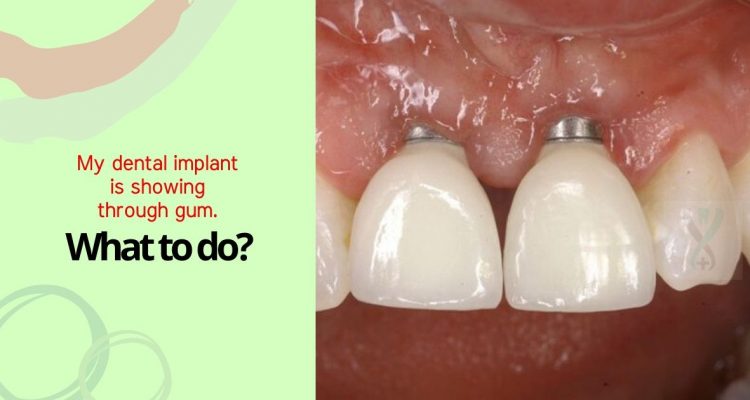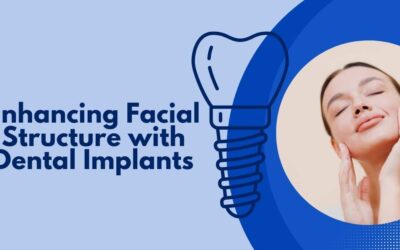Dental Implants are a boon to all those who have lost a tooth or who are wearing a denture. The other treatment options for tooth replacement include dental bridges, removable dentures, resin-bonded bridges, etc. Dental Implants effectively overcome the shortcomings of the above tooth replacement options. But sometimes, very rarely, dental implants can fail. One of the main causes of dental implant failure is poor oral health after dental implant placement. And one of the biggest and alarming markers of implant failure is when the implants become visible and are not surrounded by bone and gums.
When and why do dental implants show through my gum?
Gum and bone loss around the implant can usually occur in two forms. They can either occur in a space where the roots of the tooth had been before or it can occur in the form of a crater. Bone loss around an implant can either be due to non-infectious factors or due to an infectious factor. Without any doubt, the infectious factor is due to poor oral hygiene. If the bone loss is not due to an infection, it can be repaired with biomaterials and does not require implant removal. If the bone loss has occurred due to an infection, the source of infection must be completely eliminated before starting to regenerate lost tissue. It should be noted that implant failure due to non-infectious factors is very rare.
Peri-Implantitis
Peri-implantitis is an infectious disease that manifests as inflammation of the gum and bone structure around the dental implant. Untreated peri-implantitis can cause bone loss and eventually lead to a loose implant. Improper oral hygiene can cause bacteria to accumulate within the gums that surround the implant. The infection caused by these bacteria can not only cause inflammation but bone loss too. Some of the risk factors of peri-implantitis are smoking, periodontitis, poor oral hygiene, diabetes, etc.
Signs of Peri-implantitis
- Bleeding gums
- Receding gums and bones (visible implant)
- Inflammation of the gums
- Pus formation
- Increased mobility of a previously fixed implant.
Treatment for Peri-Implantitis
Depending upon the severity of the disease, the dentist might choose between a non-surgical or surgical approach. The non-surgical approach involves disinfecting the affected region and combining antiseptic and antibiotic therapy for the effective elimination of any potential micro-organism. Surgical treatment will involve detoxifying the infected region and preparing the region for regenerative solutions.




